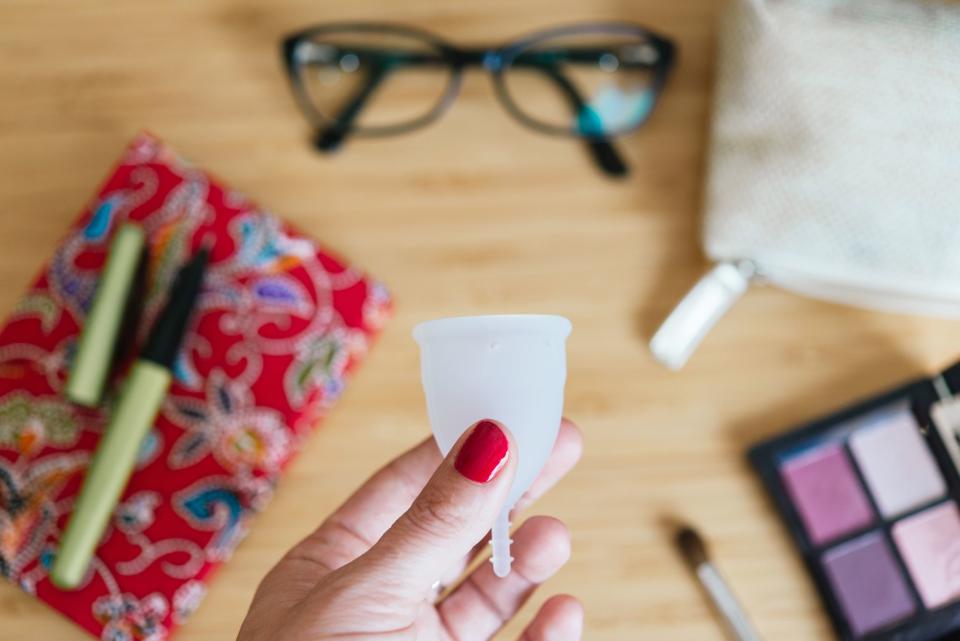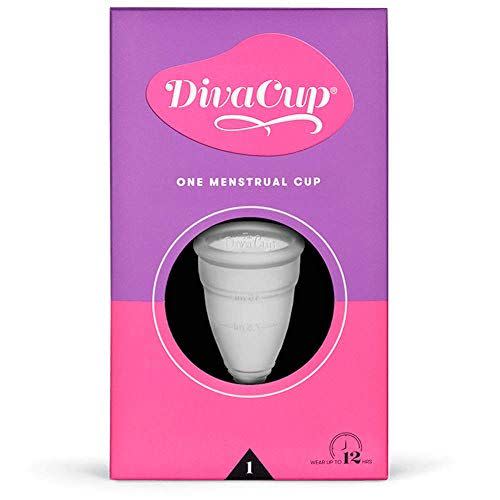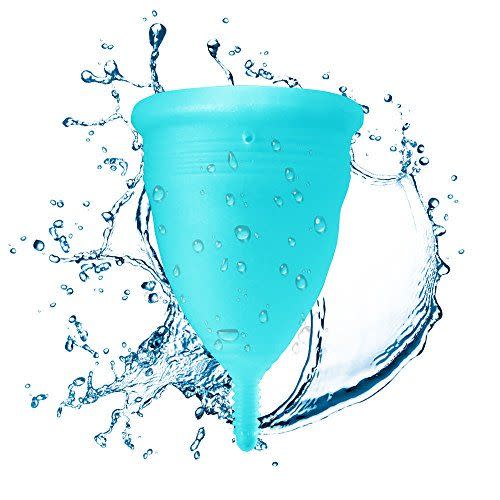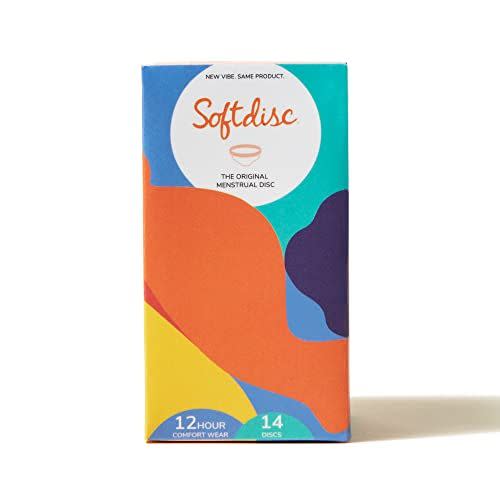The Best Menstrual Cups for Period Protection








The Best Menstrual Cups for Period Protection
There’s never been a better time to have periods thanks to a range of options available to help stop the flow. Of course, tampons and pads have been go-to tools for managing periods for years, but menstrual cups are becoming increasingly popular.
But, while many people are aware menstrual cups exist, it’s not common knowledge how these work or which are the best menstrual cups. Still, with a little research and figuring out your own needs, experts say a menstrual cup can be a good tool for that time of the month. “For people who don’t want to keep buying tampons or pads, or who want to be a little more green, menstrual cups are a good option,” says Christine Greves, M.D., a board-certified ob/gyn at the Winnie Palmer Hospital for Women and Babies. “I have several patients who like them.”
Whether you’re interested in trying a menstrual cup for yourself or are just curious, here’s what you need to know about these handy tools.
What are menstrual cups?
A menstrual cup is a reusable device that’s meant to catch and collect period fluid, explains Jessica Shepherd, M.D., an ob/gyn in Dallas, Texas, and founder of Sanctum Med Wellness. “They range from small to medium-sized cups that are flexible, funnel-shaped cups made of rubber or silicone,” she says.
A menstrual cup is “an alternative to a tampon or pad, and is just another way of helping to get and catch the blood,” Greves says.
How do you use menstrual cups?
It’s “fairly simple” to use a menstrual cup, but it can take some practice to get the hang of it, says women’s health expert Jennifer Wider, M.D. She breaks down how to insert a menstrual cup:
- Wash your hands.
- Put a water-based lubricant on the rim.
- Fold the cup in half.
- With the rim facing up, insert the cup into your vagina like a tampon.
“Once inside, it will spring open, creating a seal—and it should feel very comfortable,” Wider says. “You should not feel it as the day goes on.”
To remove the cup, insert your thumb and index finger into your vagina until you feel the base of the cup, Dr. Greves says. Then, gently pull the stem of the cup (if it has one) to reach the base. Pinch the base to break the seal, pull the cup out, and empty it into the toilet. You’ll want to wash your cup with mild soap and water before the next use.
What are the benefits of using menstrual cups?
While a menstrual cup is more of an investment upfront than buying a package of tampons or pads, they end up saving you money over time and repeat use because they're reusable, Wider points out.
“Menstrual cups are also great for the environment as they are eco-friendly,” Shepherd says. (Tampons and pads, on the other hand, create a lot of waste from the devices themselves and their packaging.)
Which menstrual cup is best for beginners?
If you’re new to menstrual cups, it make take a little trial and error until you find the one that’s right for you, Shepherd says. “Try a variety of sizes to see which one is best for you before deciding,” she says. "A cup should not feel uncomfortable."
Cups also come in different capacities, and she says it’s important to consider your typical flow when deciding on a size. “Some cups may not be adequate for heavy bleeders,” says Shepherd. And, she adds, “cups come with a learning curve, so it is important to try a few times before giving up on one.”
Which size menstrual cup is best for virgins?
Vaginas and cervixes come in different sizes, regardless of whether you’ve had sex, says Greves. But, in general, “if you’re a virgin, it’s probably a good idea to start with the smallest size and work your way up,” she says. Wider agrees; “Smaller cups are generally easier to insert and handle overall.”
What is the safest material for a menstrual cup?
Menstrual cups are generally made from three materials, Dr. Shepherd says: medical-grade silicone, natural gum rubber, and thermoplastic elastomer (TPE). “For those that have allergies to latex, it is important to make sure there is no latex,” she says.
Overall, ob/gyns are in favor of trying menstrual cups. “The only time I’ve recommended against a menstrual cup is if someone has an IUD,” Dr. Greves says. “I have had quite a few patients who have accidentally pulled their IUD out when they’re trying to get the menstrual cup out.” But, she says, “most people seem to like these.”
Interested in trying out a menstrual cup? These are the best menstrual cups out there.
• Best Menstrual Cup Overall: Cora Cup
• Best Menstrual Cup for Beginners: DivaCup
• Best Menstrual Cup for Heavy Flows: Lena Cup
• Best Stemless Menstrual Cup: Intimina Ziggy Cup
• Most Comfortable Menstrual Cup: Saalt Soft Menstrual Cup
• Best Inexpensive Menstrual Cup: Blossom Menstrual Cup
• Best Disposable Menstrual Cup: SoftDisc Menstrual Discs
What menstrual cups are and how to use them. Because tampons and pads aren’t for everyone.
